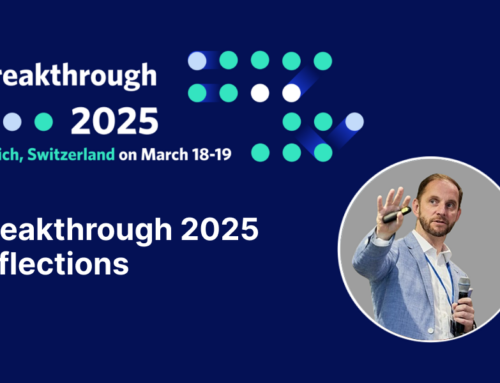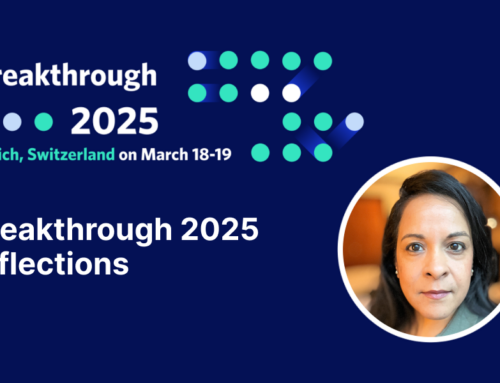On May 9, 2018, ArisGlobal sponsored a webcast with DIA on the topic of “Practical Use Cases of Automation in Pharmacovigilance and Regulatory E-2-E Productivity.” Two of ArisGlobal’s top thought leaders, David Scanlon, Senior Director of Regulatory Strategy, and Dr.Vivek Ahuja, Vice President of Global Pharmacovigilance, presented a detailed overview of the positioning of how automation is already making and set to make a substantial difference in end-to-end (E-2-E) pharma processes in these two critical areas.
Five related polling questions were posed to the audience of 137 attendees from around the globe, which included several health authorities, 14 of the top 25 pharmaceutical companies, major consulting firms and CROS, and even a few competitors. This two-part blog series shares the analysis of those responses and what they mean to the future of automation in Regulatory and Safety.
The regulatory and pharmacovigilance landscape is evolving substantially with the changing expectations from regulatory authorities. Costs continue to escalate in the face of an increasing number of drugs in the drug development pipeline, as well as a parallel increase in the number of drugs being approved by major regulatory authorities (RAs) globally. Given this reality, the pharma model for how clinical and safety data is acquired and managed throughout the lifecycle of a medicinal product needs to evolve, and pharma needs to explore ways to decrease costs, increase efficiency, and achieve E-2-E productivity.
Polling Question #1: What is the greatest challenge across E-2-E processes?
The start of any transformational journey should begin with assessing what are the primary challenges to be overcome. Our first polling question asked webinar attendees to choose from five possible responses to identify their greatest challenge across their E-2-E processes. The results, which follow, aligned to our understanding, and so we were not surprised by the lack of systems integration, which proved to be the pain point facing the majority of attendees.
Perhaps the only minor surprise was in seeing “data quality” tied for third place rather than ranked second place. Data quality is all about producing attributable, complete, correct, relevant, accurate, current data with data integrity. Our view is that it is not possible to achieve higher order capabilities such as automation without having the foundations in place for quality, integrated, and managed E-2-E data.
Using the CMMI Institute Data Management Maturity (DMM) Model, Safety departments are much higher on the maturity scale in terms of ‘seeing data as critical to survival’ and so have moved quicker towards some of the benefits to be gained from automation. This is not surprising as pharmacovigilance is based upon solid science in terms of the underpinning methods which support the determination of causality and interpretation of the risks and benefits of medicines. Safety has been moving up the scale for the past five to ten years and realizes the strategic benefit that quality data can deliver. Perhaps, for this reason, polling responses from the PV side of the organization may have felt this was already being addressed to some extent, and therefore not as critical of a challenge.
Regulatory, on the other hand, is a bit behind in addressing data quality as compared to Safety. There is certainly an awareness of data importance, but there are still some challenges in the regulatory environment for the information as they respond to increasing demands from regulators to provide structured data in addition to documents.
Polling Question #2: On a scale of 1-5, how would you rate your automation capabilities?
Our second polling question helped everyone gauge where their organization stood on the journey toward automation as compared to others attending the webinar. As previously shared, more than half of the Top 25 Pharmas attended our webcast, and it would be a safe guess that most of those organizations gave themselves a-capabilities rating of “Intermediate.” The 44% who rated their capabilities as “Just beginning” and the 32% “Not yet started” rating clearly show that the vast majority of most companies everywhere are in the early throes of understanding, planning and preparation.
Curious to learn more? You can view the on-demand webcast to learn more about the role automation will have in the day-to-day E-2-E pharmacovigilance and regulatory activities.
Our second and final blog, which will be published shortly, will share the results and feedback from our three other polling questions related to automation benefits, value and adoption hindrances.




